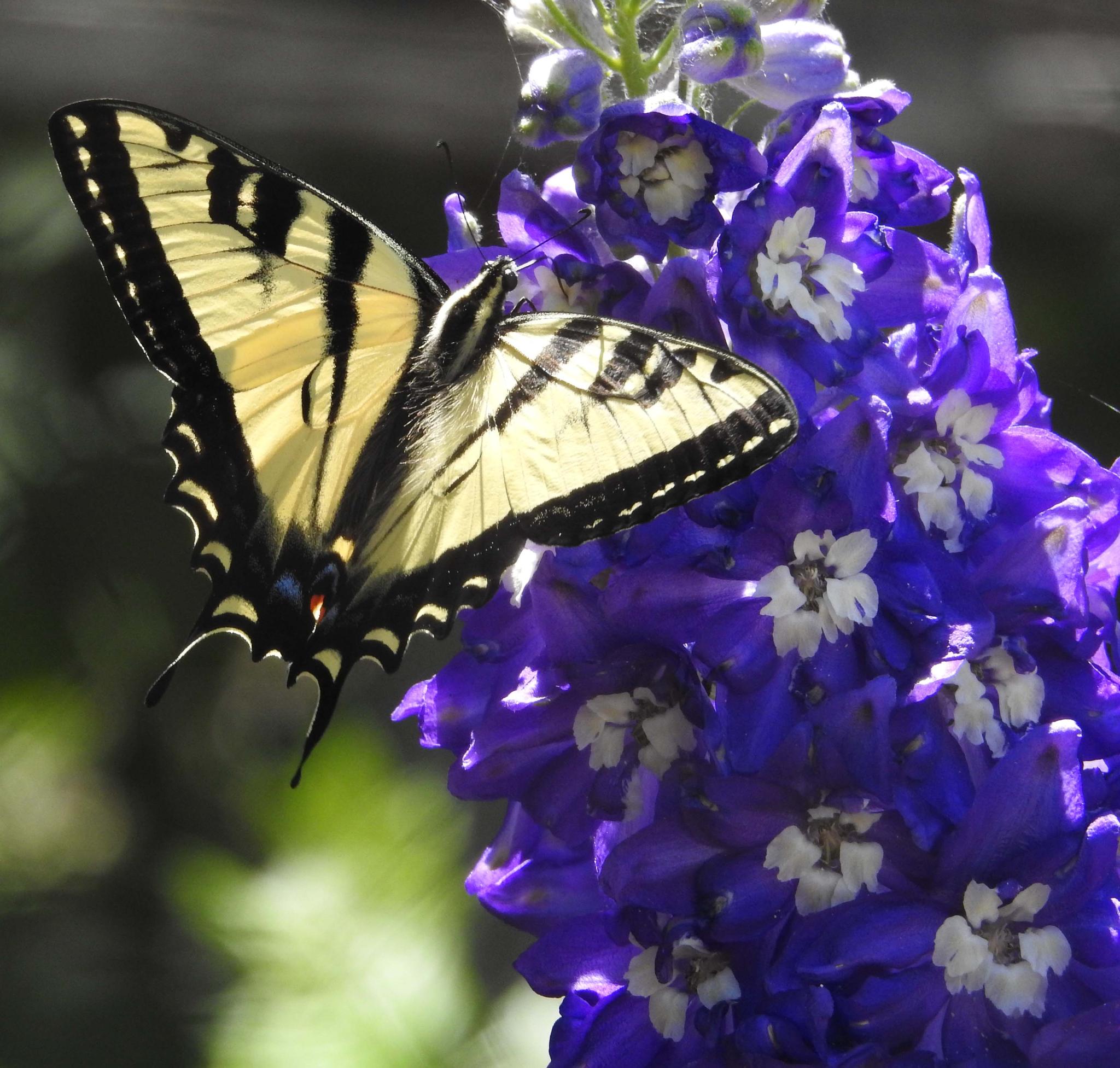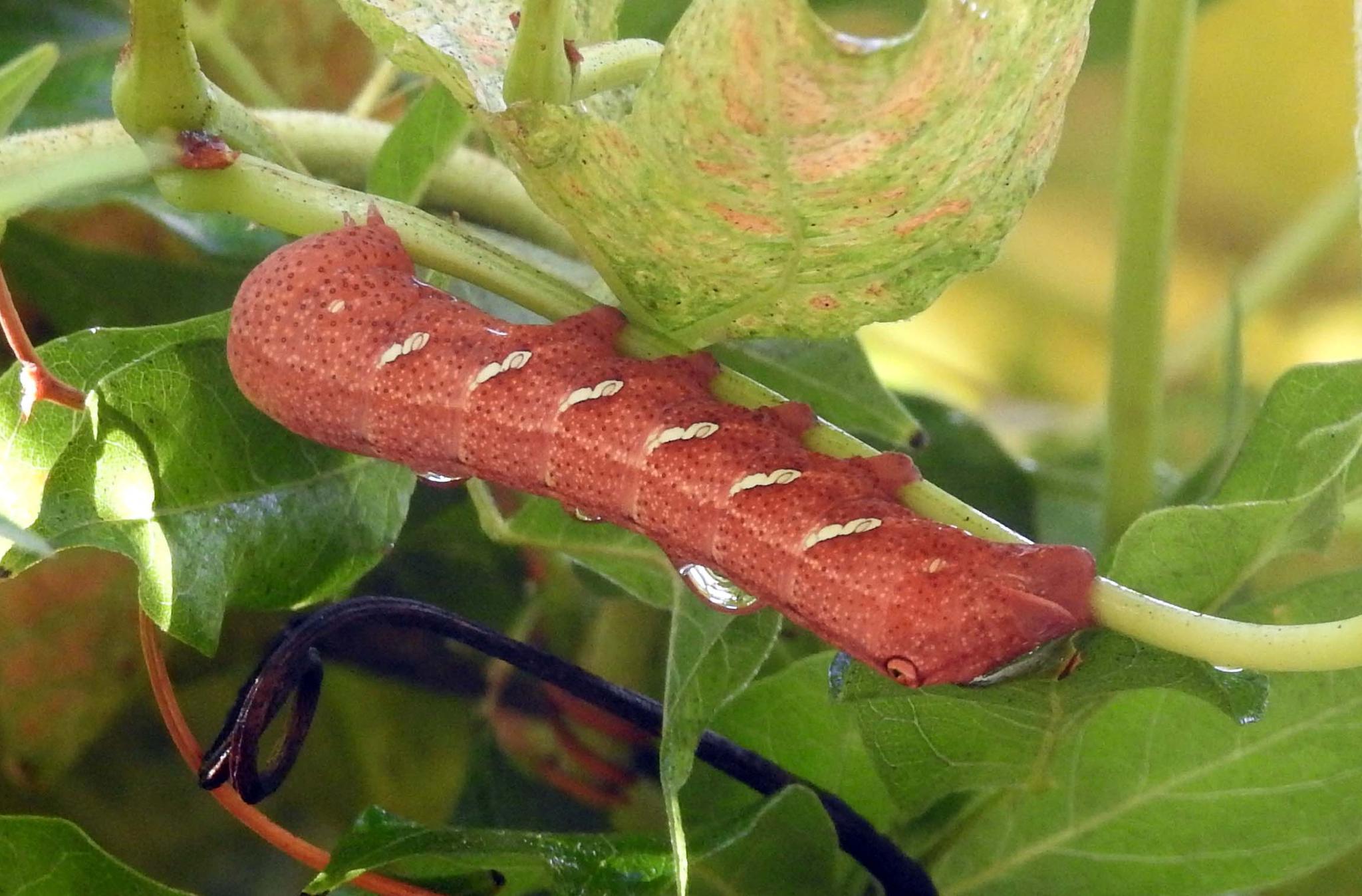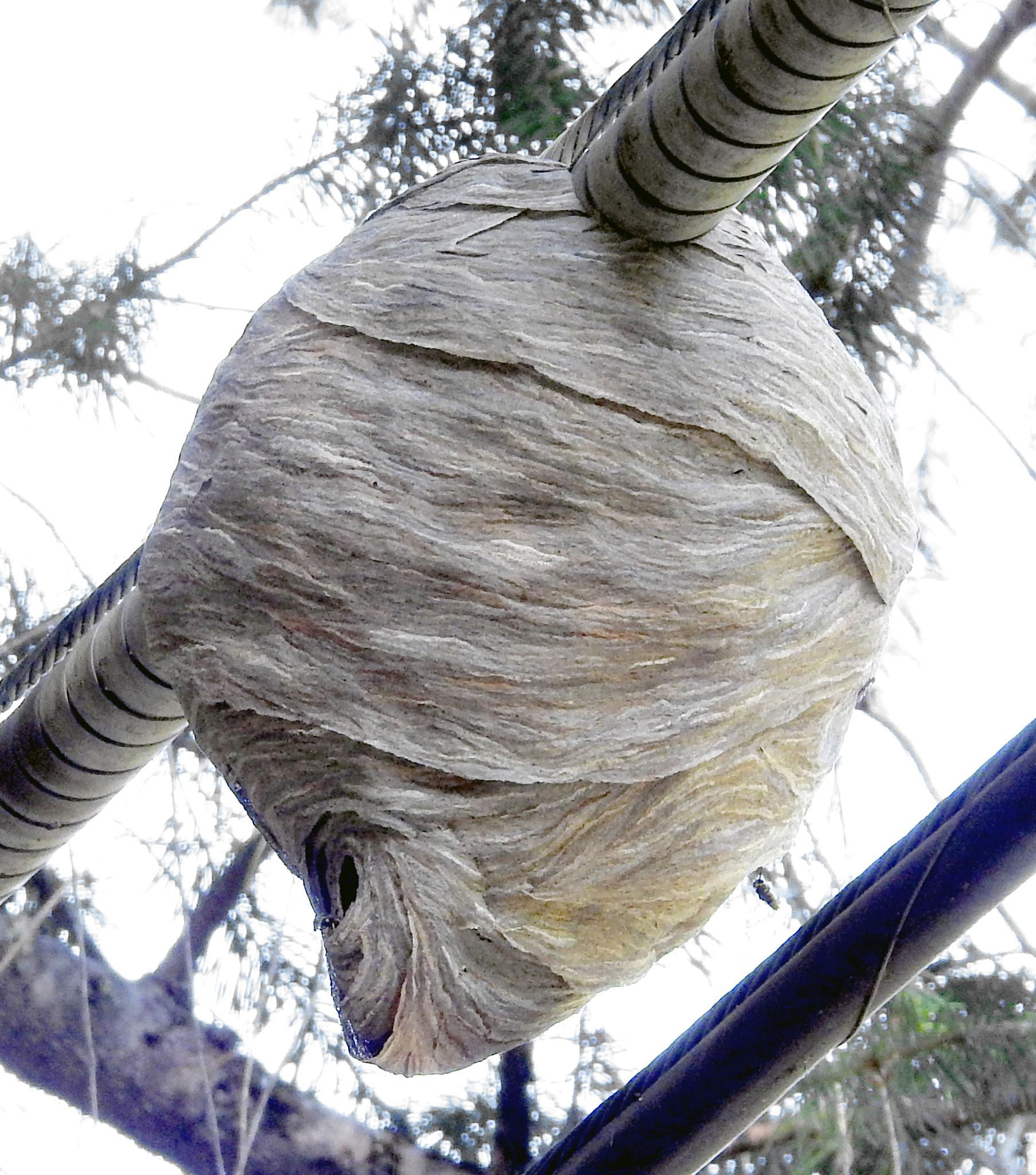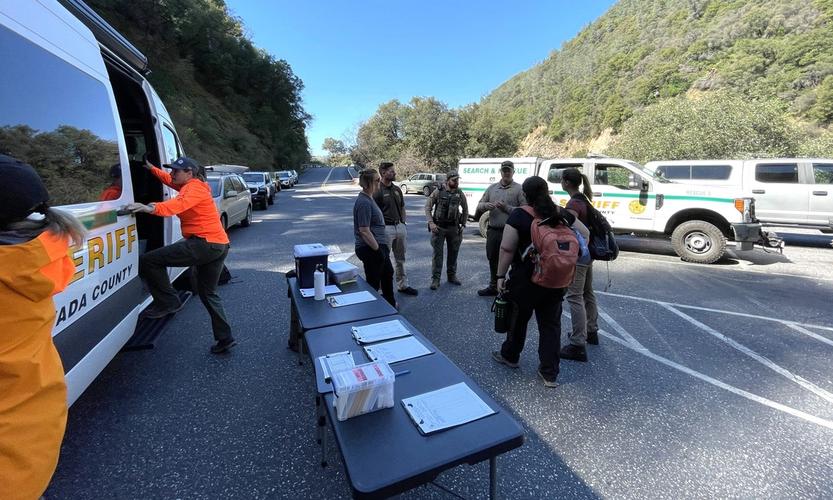Down in the Garden! — Part 2
September 13, 2024

Western Tiger Swallowtail — Papilio rutulus rutulus
The Western Swallowtail Butterflies have been in our garden for a few months now! Other butterfly species have come and gone, but the Swallowtails are still here! It turns out that our neighborhood has everything that the Swallowtails prefer!
-The favored habitat for adult Swallowtails is woodlands near rivers and streams, just what our neighborhood is!
-Swallowtails feed on the nectar of many flowers, including the Zinnias in our garden!
-Male Swallowtails patrol canyons and hilltops for females, and our garden is in a canyon!
-After mating the females will lay eggs on the leaves of Cottonwoods, Aspen, willows, wild cherry, and Ash.We have a few Cottonwood trees and LOTS of willows in our neighborhood! The caterpillars feed on the leaves of these plants, then overwinter in a chrysalis.
No wonder the Swallowtails have been sticking around!

Achemon Sphinx Moth — Eummorpha achemon
In my neighbor’s grape arbor I was surprised to find a reddish, large caterpillar this week! inaturalist.org identified it as a Achemon Sphinx Moth caterpillar, that feeds on grape vines!Once it is fully grown, the caterpillar will pupate in an underground burrow. It will emerge as an adult in the spring, that might feed on the nectar from the phlox flowers in our garden! I have never seen anything like it!I’ve never even seen an adult Achemon Sphinx Moth! How cool!

Common Aerial Yellow Jacket nest — Dolichovespula arenaria
Down the road from our garden is a Common Aerial Yellow Jacket nest. Compared to ground yellowjackets, common aerial yellowjackets are less aggressive and do not have the same preference for meat. There are about 20 species of social wasps in North America. These wasps are in the family Vespidae and typically fall into three groups: yellowjackets, hornets and common paper wasps. The following information is from the website https://genent.cals.ncsu.edu.
“Eusocial behavior among wasps is found only in certain members of the family Vespidae. These insects are commonly called paper wasps, hornets, and yellowjackets. They build communal nests by mixing wood fibers with saliva to form a paper-like material that can be molded into brood cells and other nest components. The brood comb (cells where larvae are reared) is always constructed like an inverted umbrella with open ends of the hexagonal cells facing downward. Workers usually cling to the underside of the comb as they guard the nest, feed the larvae, and perform other housekeeping chores. All social wasps are carnivores; their prey consists mostly of caterpillars and flies. The wasps chew up their victims’ bodies into a paste that can be fed to their larvae and, in return, the larvae produce a nutritional syrup that is consumed by the adults. A small colony of 200 yellowjackets may kill and eat about 5000 caterpillars over the course of a summer.”
Your questions and comments are appreciated. Please feel free to email me at northyubanaturalist@gmail.com. Thanks!
Featured Articles

Human Remains Found Near South Yuba Bridge in March Identified →
December 17, 2025
Authorities identify remains found in March as Aaran Sloan Taylor, seeking next of kin.
Transfer Station Burn Suspended After Community Concerns →
December 16, 2025
Sierra Hardware Plans Extensive Repairs After Flood Damage →
December 8, 2025
Sheriff’s Office Accepts $60,000 Grant for New Search and Rescue Team →
December 2, 2025
Confusion Surrounds Release of the Plumas County Grand Jury’s Report →
December 4, 2025